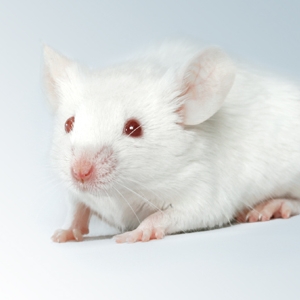We recently reported on new findings about brown fat, which is known to help burn Calories and, thereby, help fight obesity. The problem remains, though, that we don’t naturally have large amounts of brown fat. But now, researchers say cells that mimic brown fat have been created…
 Overweight or obese folks are more likely to contract potentially deadly, chronic conditions
Overweight or obese folks are more likely to contract potentially deadly, chronic conditions
such as heart disease, type 2 diabetes and some cancers. A simple, more natural way
to treat obesity would help millions of folks live a more normal, healthy life.
Opponents of genetic modification may just want to skip this post, because the whole concept we’re going to look at depends on work by a team from the Joslin Diabetes Center in Boston, Mass., which has succeeded in genetically modifying regular, plentiful white fat cells to mimic beneficial Brown Fat cells that can be transplanted into obese people to help them beat the bulge.
What they knew
Brown fat cells burn energy instead of storing energy as white fat cells do, says team leader Dr. Yu-Hua Tseng. In the process, brown fat can lower excessive levels of glucose and lipids in the blood that are linked to metabolic diseases such as diabetes. However, people who are overweight or obese tend to have less of this beneficial brown fat – a barrier that HUMBLE cells are designed to overcome.
What they did
In experiments designed to produce proof of concept of their theory, Tseng’s team used well-known CRISPR technology to create what it calls HUMBLE (human brown-like) fat cells, human white fat cells that have been genetically modified to become similar to heat-generating brown fat cells.
What they found
In their mouse-based experiments, the team did, indeed, show that mice given the HUMBLE transplants displayed much greater sensitivity to insulin and improved ability to clear glucose from the blood (two key factors that are impaired in type 2 diabetes). Additionally, the mice receiving HUMBLE transplants put on less weight than mice with transplanted white fat cells, remaining in the same range as animals who received brown fat cells.
The takeaway
“Employing cell-based or gene therapies to treat obesity or type 2 diabetes used to be science fiction,” Tseng says. “Now, scientific advances, such as CRISPR gene-editing technologies, will help us to improve the metabolism, the body weight, the quality of life and the overall health of people with obesity and diabetes.”
More research will have to be done to actually develop HUMBLE-based therapies for human obesity sufferers. But the remarkable results from the mouse experiments will ensure that Tseng’s team and others get on with development as quickly as possible.
My take
Conventional treatment of obesity, which is an acknowledged epidemic these days, wastes hundreds of billions of dollars, and stresses out health care systems worldwide every year. If the transplant process proves as simple in humans as it has in mice, and the results are as impressive, we are clearly at the beginning of a new era in health care. I say, go for it, researchers. we’re all rooting for you!
~ Maggie J.

